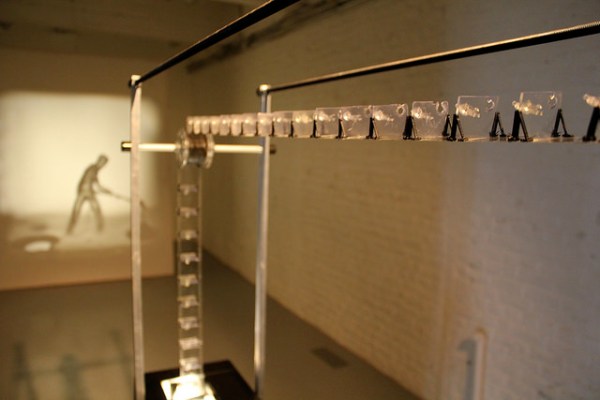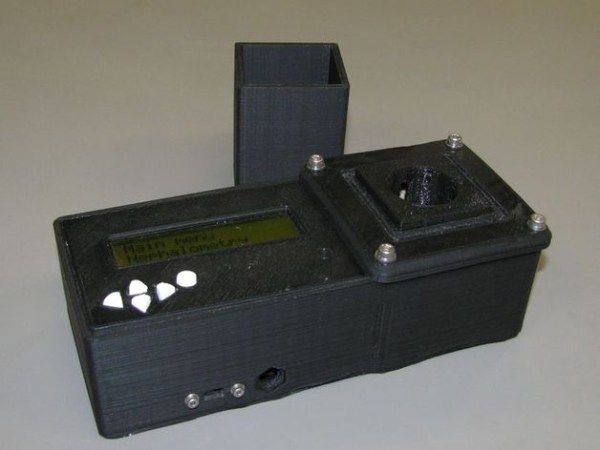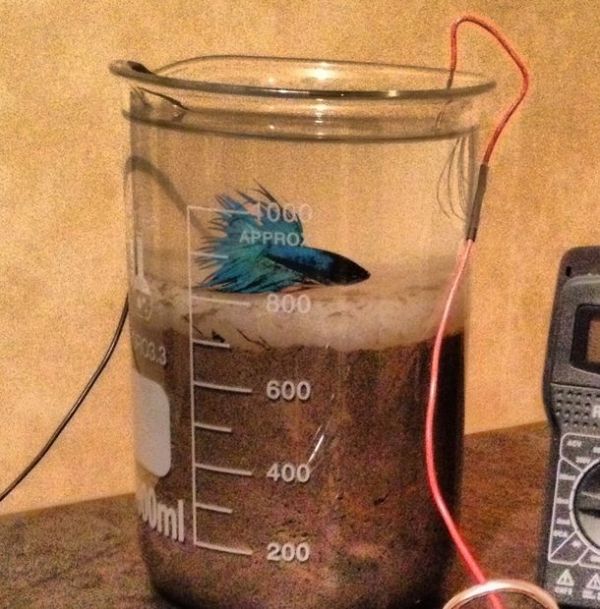A few months ago, news of a new PCB fab service headed up by [Ian] over at Dangerous Prototypes leaked onto the Internet. It’s extremely cheap – $14 USD for a 5cm square board with free worldwide shipping. [Ian] admits the boards aren’t the greatest quality, that’s not the point; the site’s motto is simply, ‘No bull, just crappy PCBs.’
What began as an internal website to handle all of DP’s PCB orders was now on the Internet, and orders were flying in. At first, shipping a few dozen PCBs around the globe every week was easy, but since Dirty PCBs hit the big time, customers rightfully or not, started freaking out because of the oddities of Chinese shipping and logistics companies.
[Ian] is using Espeed Post for all their shipping, and if you’ve ever ordered anything from China off of Ebay, it’s possible you’ve had something shipped through Espeed before. Because of the oddities of shipping, and the fact that Shenzhen and Hong Kong are right next to each other, even the people at Dangerous Prototypes don’t know which countries your PCBs will go through on the trip from the fab house to your front door. This has caused much consternation with DirtyPCB customers that don’t seem to realize they’re getting custom PCBs for under two dollars a board, shipped to them across the world in a week for free. Some people’s children, huh?
Things get significantly, ahem, dirtier, when Chinese holidays are taken into account. China has a lot of them, and they’re long. They’re just wrapping up the National Day holiday, 10 days in the first week of October. Everyone is backlogged, and the China/Hong Kong border is the mess of trucks seen above.
If a holiday isn’t bad enough, the new President of China is cracking down on corruption. 500 officials were fired at the largest land border with Hong Kong, due in no small part to vans full of meth and tons of counterfeit currency. Every package leaving China is inspected individually, and shipping times have exploded.
To deal with this, Dangerous Prototypes has posted a big red warning on the dirtypcb site, but experience in dealing with people on the Internet tells them this won’t be a viable solution. They’re now dealing directly with DHL, and are apparently getting priority clearance through customs. It’s not fun, as DP will now have to figure out how to work with DHL’s API. It’s a lot of work and a lot of trouble, but DP still has a few tricks up their sleeve – they’re working on an online schematic entry and PCB layout site and the extremely interesting DirtyCables – custom cables shipped to your door.



 The balloon was launched July 12, 2014 from Silverstone, UK. In the 100 days since then, this balloon has covered 144168 kilometers and has crossed its launching longitude six times. Even if this balloon weren’t trapped at high latitudes (including coming within 9 km of the pole), this balloon has still travelled more than three times the equatorial circumference of the Earth.
The balloon was launched July 12, 2014 from Silverstone, UK. In the 100 days since then, this balloon has covered 144168 kilometers and has crossed its launching longitude six times. Even if this balloon weren’t trapped at high latitudes (including coming within 9 km of the pole), this balloon has still travelled more than three times the equatorial circumference of the Earth.














